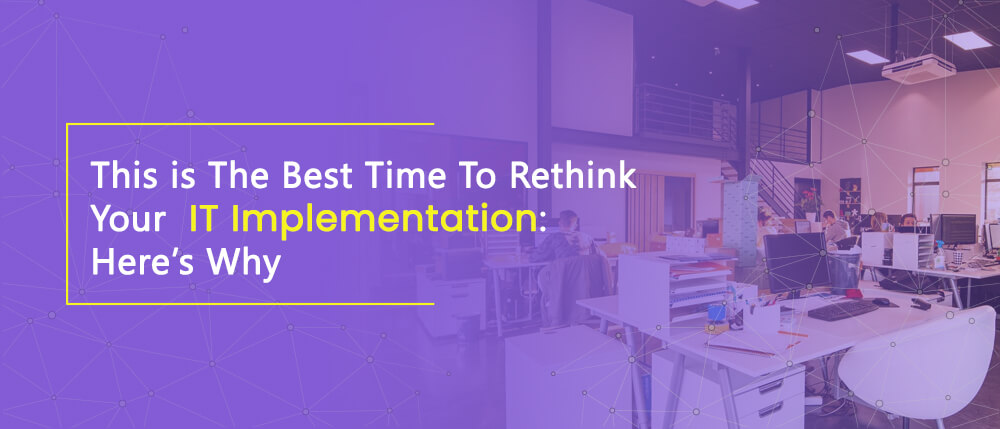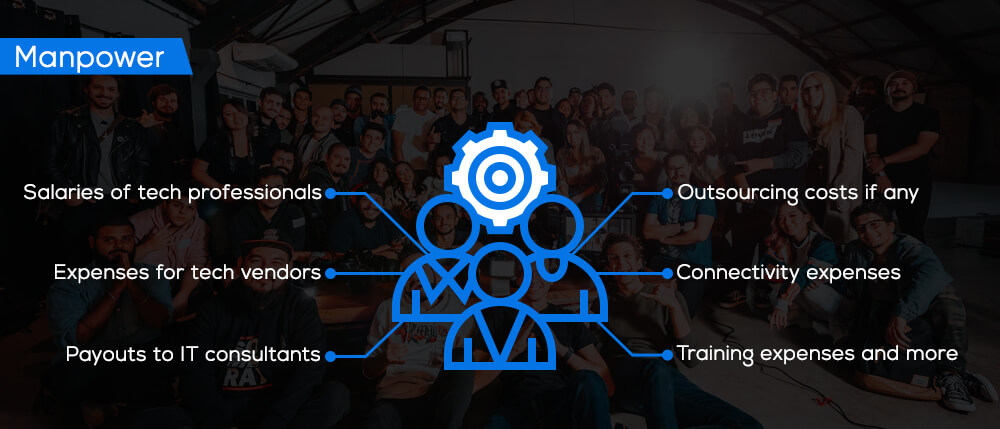-
solutinos
-
Hire
Frontend Developer
Backend Developer
-
NodeJS Developer
-
Java Developer
-
Django Developer
-
Spring Boot Developer
-
Python Developer
-
Golang Developer
-
Ruby on Rails Developer
-
Laravel Developer
-
.NET Developer
Technology
-
Flutter Developer
-
React Native Developer
-
Xamarin Developer
-
Kotlin Developer
-
Cross-Platform Developer
-
Swift Developer
-
MongoDB Developer
-
C Developer
-
Smart Contract Developers
Cloud
-
-
Services
Mobile Development
Web Development
- Work
-
Multi Services App
-
Food Delivery App
-
Grocery Delivery App
-
Taxi Cab Booking App
-
Multi Services App
-
OTT Platform APP
-
Social Media APP
-
Freelance Service App
-
Car Rental App
-
Medicine Delivery App
-
Liquor Delivery App
-
Sports Betting App
-
Online Coupon App
-
eLearning App
-
Logistics & Transportation App
-
Courier Delivery App
-
On-Demand Real Estate App
-
E-Wallet APP
-
Online Dating App
-
Handyman Services App
-
-
Process
-
Company

It all takes less than a minute to rattle all our plans and turn our lives upside down. A very similar situation is happening in our world, in our life right now. From the window when we look outside, It’s tense, intense and quite scary.
The pandemic is taking a huge toll on human life and the economy of several countries across the world. Thousands of people are succumbing to the virus on a daily basis and frontline workers are doing their best to prevent a further outbreak and ensure things are safe for the rest of us.
While you can look at this situation from the spectacles of negativity, there is still a ray of hope in the context that we will all overcome this grave situation in the coming months. And that’s why it is on us – everyone who’s reading this – to continue what we do and not consider these lockdown situations as a vacation.
We can be inside our homes and still work on the projects that we would have been otherwise. Tons of businesses are functioning to ensure their customers’ demands are met. Several entrepreneurs and solopreneurs out there are breaking their heads to find ways to come out of this and take their products to the masses.
The Current Scenario
As you read this, people are testing positive for the virus and are taken into isolation. Though the virus has its origin in China, countries like the US, Italy and Spain have been affected the worst with total cases of 164,349, 101,739 and 94,417 respectively.
To ensure there are no new cases, countries are ordering nationwide lockdowns for consecutive weeks. While groceries and essentials are still available, people have been asked to be insolation. Countries like India have ordered a 21-day lockdown period to curb the infestation. The economies are crashing as work across several micro industries have stalled. The travel and tourism sector has taken a bad hit and the textile industry as well.
Even E-commerce websites have stopped taking online orders unless and until the delivery is absolutely essential.
This was not the condition a couple of months back and to be honest, nobody anticipated this turn of an event as well.
How Its Affecting Startups
When it comes to startups, they have taken a significant beating as well. Considering the current situations, buying products and services has become more of a luxury and has taken a backseat as survival has become the key today.
Companies across the world have been locked out of the avenues to reach out to consumers and push their products. Companies cannot even approach them with a cold or a warm sales call as it is ethically very wrong to push sales at this point of time. This has paved the way for estimated losses for several startups, whose main source of revenue is from sales and subscriptions.
Because there are no takers for their products and services, there is an expected restriction in incoming cashflow, which is further anticipated to release payouts for employees difficult.
One of the other major stalling has been in terms of productivity, where employees are not working out of their usual workspaces but from their homes. While remote working is possible with the current technology, you cannot guarantee optimum productivity because of personal constraints like poor internet connection, absence of essential tech infrastructure and tools, power outage problems, disrupted work-life cycle and more.
Besides, the outbreak has also caused people to stay inside their homes, which has affected the businesses of other brick and mortar stores, cinema halls, bookstores and more.
How Business Owners Perceive The Situation
Honestly, there’s a sense of tension and negativity prevailing in the air as this is a totally unexpected outbreak and businesses were hardly prepared for consequences like these. With startup owners being new-age and most of them being self-taught, handling such crises has also become difficult.
It’s stressful and I’ve personally seen business owners seeking solace in one another. Through Zoom sessions, group calls and networking forums, issues are being discussed, worst-case scenarios are being charted out and strategies are being formulated to tackle the issue.
But How Business Owners Should Perceive The Situation
As a business owner, I am stressed and there’s no doubt about this. But you become more stressed if you keep watching the news and constantly keep thinking about the current situation in hand. In times like these, it’s best to pause, take a moment out and do the essential – plan for a spring back.
If you realize, you have absolutely zero control over the situation and you can’t do anything about it. But what you can do is change the course of your business for the future by working on it today. I say this is the right time to look into several aspects of your business especially with respect to your IT infrastructure.
This Is The Time To Plan Your Startup 2.0

The stone in a catapult is pulled back before it is released into its trajectory. A spring is suppressed to its maximum before it takes the leap. Consider this set back as a pullback for your startup and business. When I said this is the time you should look into your IT requirements and infrastructure, I meant it.
So far, most of us were in a situation of letting things function as they were without hindering them and upgrading them even when there was a necessity. We were skeptical we would disrupt the workflow.
But now, things are already disrupted and we have the gift of time to optimize our startup and prepare it for the future.
So, if you’re wondering how you could go about it, here are some personal suggestions.
Assess Your Current IT Infrastructure
Your IT infrastructure is the backbone of your business and its operations. Your business depends on technology to develop and roll out your product. So long, you’ve been content with your product getting ready in 60 days. You felt it was adequate. But have you ever wondered about the consequences if the delivery time was reduced to 30 days? The amount of time you could dedicate to executing other crucial tasks like marketing and promotion?
Well, the answer is a usual no because why fix something that’s not broken, right?
But IT infrastructure assessment doesn’t work that way. There is no fixing involved. What is involved is the identification of aspects that could be further strengthened to optimize efficiency in delivery.
That’s why it’s important to assess your IT and look for areas to upgrade because if you think it upgrading would be expensive, not doing it would definitely would in the longer run.
Consider these factors while assessing your tech.
- Have a clear definition of your goals and match them with the tech stack you have in hand. Do they match? Are they adequate?
- Is your internet connectivity supporting you in reaching your goals and visions? Are there hindrances in terms of bandwidth and speed?
- What is stopping you from being competitive? What is that your competitor has in terms of tech that you don’t? What’s the edge you could bring into your workspace?
- Reassess the investment you made on your IT when you started off with the returns so far. Do they make sense?
- Do your team members have all the necessary tools and technologies they need for productivity or are they using cheap alternatives?
- Is your cloud architecture complementing you with your processes?
- Have you done your risk assessment yet? What about cybersecurity?
- Do you need a dedicated Manager?
Planning A Seamless Transition
These questions are inevitable as they paint a comprehensive picture about your company, its tech stack and where it stands in the market. Answers to these will nothing be less than a revelation before you proceed to upgrade your tech infrastructure.
Now what is equally important as upgrading to the latest technologies is transitioning to the upgrade. Any change in the organization is taken with a pinch of salt by employees and when it comes to tech, the assimilation is going to take time.
We have to realize that your people have been using a tool, desktop, cloud platform, CRM or any portal or hardware over a period of time. Tons of data and information has been fed and processed over the years. When there’s a sudden change, it does cause a hiccup. That’s why you should consider these following strategies.
- Inform your employees about your idea of transforming your IT infrastructure.
- Listen to what your employees have to say and pay attention to their suggestions, requests and constraints. They are the frontline workers and they know better.
- Walk them through the transformation process and tell them about the changes.
- Have a back up of everything so it’s easier to rollback in case of concerns.
- Train your employees t work on the new tools and infrastructures and give them the buffer time to adjust. They might have to unlearn and re-learn a lot of things.
- Get a pro consultant and find ways to make the transition as seamless as possible.
Getting Ready For Projects Overload
Like we said, it’s not the time to crib about the current scenario but think about the future. When this phase passes, there is going to be a massive requirement for your products and services and you have to be prepared for it. Now that you have a solid tech stack in place, it’s time to plan other aspects of operations like the teams and skills you would need to take up projects.
When you’re looking to spring back up, you need to go all in to make the best use of the booming market phase after the catastrophe. That’s why you should identify the skill gaps in your organization and fill them with new and specific job roles.
Look at different hiring methodologies like staff augmentation, freelancing, outsourcing and more to adequately prepare your team with a mix of experience, expertise and skillsets. Depending on your business and its niche, take a call on staffing to handle the incoming projects. Have them on standby and be prepared to collaborate with them once the market is right again.
IT Budgeting

IT budgeting is the art of planning expenses for your IT expenses. Your IT budget should neither be over or underwhelming to make the most returns from your investment. That’s why budgeting is an art. While this could have an entire write up dedicated to it, realize that your IT budgeting should have the following factors considered.
Hardware
Hardware is anything that is physical and tangible in your tech infrastructure. This includes your laptops, desktops, servers, tablets, portable devices, sensors, routers, cables, firewalls, warranties and more.
Software

These are the elements that allow you to leverage the full potential of your hardware devices. These include
- Operating systems
- Server software
- Backup software
- Productivity and collaboration software applications
- Licences of these applications (new and renewals)
- Antivirus software and more
Cloud

From storage to backup, a cloud is the virtual space for your files and folders. The expenses involved include
- Cloud hardware
- Software
- Backup
- Colocation
- Licences and renewals
Manpower

This involves expenses like
- Salaries of tech professionals
- Expenses for tech vendors
- Payouts to IT consultants
- Outsourcing costs if any
- Connectivity expenses
- Training expenses and more
Wrapping Up
Like you just saw, IT implementation is a huge process and simultaneously juggling it with other tasks is not only time-consuming but daunting as well. That’s why we mentioned it is the right time to think of all these aspects and have a solid plan in place when the market is normalized.
If you still feel this is daunting, we recommend you approach experts like us. We have all the expertise and experience required to pull this off seamlessly. Besides, we would also share IT best practise so you could keep your productivity optimized for long. Get in touch with us to know more about how you could get started with IT planning.
Subscribe to our newsletter
Get our articles, Blogs and case studies directly into your inbox. Your information will be confidential and secure.
